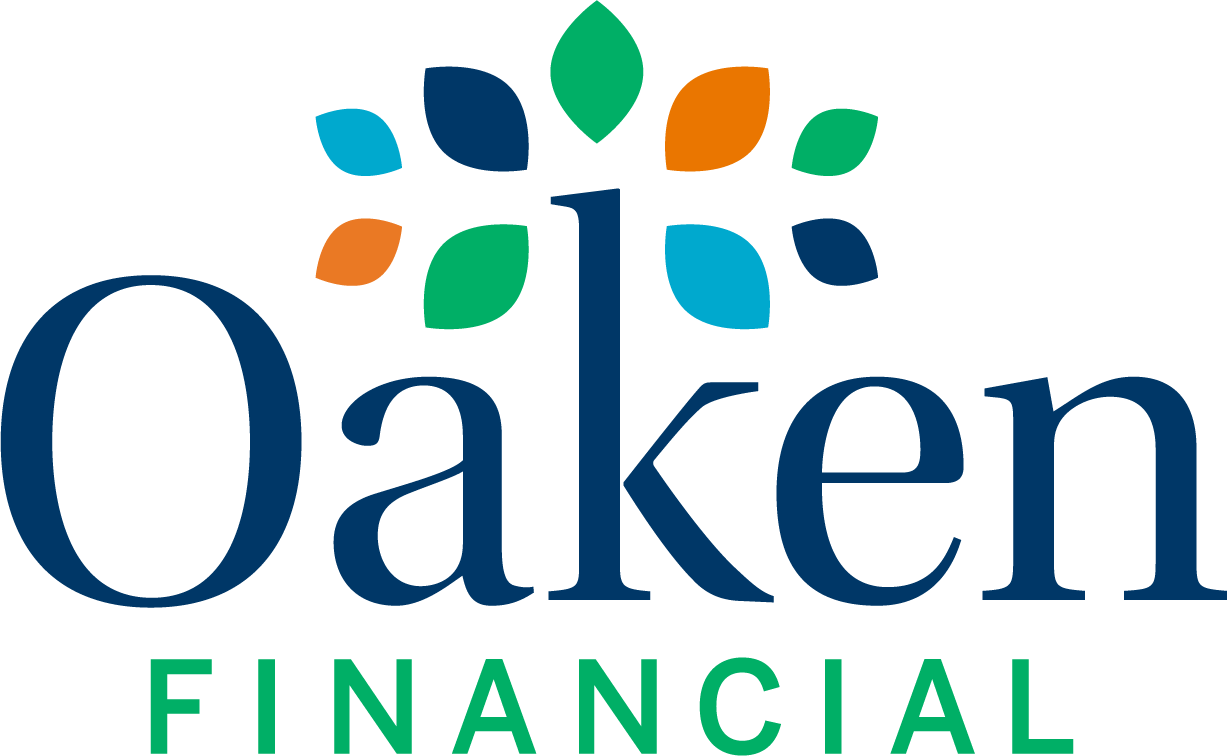If you’re looking for a safe and secure way to grow your savings, you might want to consider investing in a GIC. This popular investment could help you diversify your investment portfolio and could be a great addition to your savings strategy.
In this blog, we explain what a GIC is, examine the different types of GICs available and offer some pros and cons of this savings tool.
What is a GIC?
GIC stands for Guaranteed Investment Certificate. With a GIC, you’re guaranteed the money you’ve invested (the principal) and also the interest the institution will pay you. The GIC interest rate is locked in (i.e. fixed) when the GIC is purchased and no matter what happens during the GIC’s term – whether GIC rates increase or decrease – the interest rate of your purchased GIC will not change.
Of course, like any good rule, there are exceptions. For example, there’s a relatively new GIC product available called a market-linked (or equity-linked) GIC. These GICs still guarantee your principal investment but not necessarily your rate of return. Instead, your return will be dependent on the performance of the markets. There’s also a variable rate GIC. This GIC rate is tied to the prime rate which may fluctuate over the course of the GIC’s term.
How often do GIC rates change?
Fixed-rate GIC interest rates shadow the changes in the Bank of Canada’s benchmark policy interest rate. When the policy interest rate increases (or decreases), rates for new GICs will often follow. However, it’s important to note that GIC rates are not the same as the Bank of Canada’s benchmark rate; these are two entirely different interest rates and will likely differ in the actual set percentage.
For years, GIC rates – much like the Bank of Canada’s policy interest rate –were quite low. But times have changed, and today’s GIC rates reflect this new reality.
There are two basic types of GICs: non-cashable and cashable. Depending on the institution they may also be known as non-redeemable and redeemable.
- Non-redeemable GICs are locked-in for the term selected, and terms can range from 30 days to 10 years . Most of these types of GICs do not have an out clause, and if they do, there will be a financial penalty for cashing them in early.
- Cashable GICs can be redeemed early in a pinch, usually after 30 or 90 days of being purchased. This convenience, however, comes at a cost, too. The interest rate for cashable GICs is considerably lower than the non-redeemable equivalent.
There are many merits to investing in GICs, but they are not for every lifestyle or financial situation.
- GICs are eligible for deposit insurance under the Canadian Deposit Insurance Corporation up to applicable limit.
- The interest earned is locked in. Unless you buy a market-driven or variable rate GIC, volatility is non-existent.
- You can hold GICs within a non-registered, RSP , TFSA, or RIF plan.
- GICs makes it easy to not spend your money impulsively.
- There are generally no fees when buying a GIC or when cashing them in at maturity.
- Liquidity is limited. The money is tied up for the term of the GIC, even in an emergency. You can get around this with a redeemable GIC but the interest rate isn’t nearly as attractive as a traditional non-redeemable GIC. However, using GIC laddering strategy can help increase liquidity.
- GICs are low risk, but they’re thought of as low reward too. The interest earned is typically not greater than the rate of inflation. That said, if you’re looking to park some money, they’re better than most chequing or savings accounts.
Ready to give GICs another look?
To learn more about Oaken GICs, book an appointment for an in-person chat or call us at 1-855- OAKEN-22 (625-3622). If you’ve already made up your mind and want to get a GIC , you can even apply online today in as little as five minutes.




 GIC
GIC